The Callisto Protocol is a bit of such a case – long before the premiere, the game was christened the spiritual heir of the late Dead Space , and as we ticked off the next steps towards the premiere, it was heralded as a real revolution in the world of virtual horror. Video materials showing fragments of the game, or interviews with the creators suggesting experiences of the kind that are better avoided if you don’t have a dose of sedatives at your disposal … well, you have to admit one thing to the marketing specialists – they built the hype among the gaming community in an exemplary way. A completely different matter is which of the promises were fulfilled on the day of the premiere.
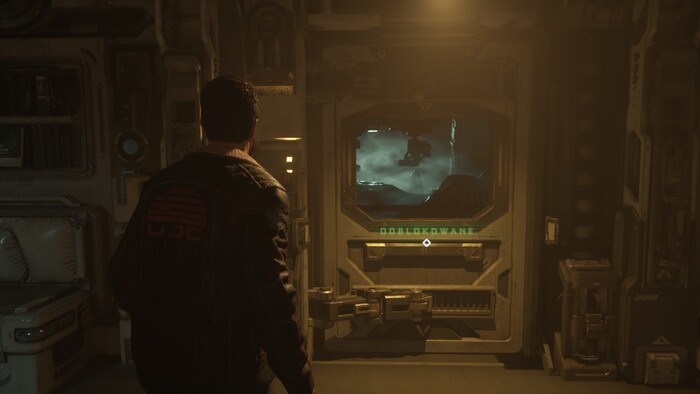
But that has been… and will (won’t) come back again
The main character and our virtual alter ego is Jacob Lee – a space ship pilot engaged in the transport of goods, adhering to a simple rule: “there is an order, there is earnings”. His reluctance to ask questions of his principals, however, leads to a disaster – during one of the courses between the Black Iron prison located on the moon of Callisto and Europa, Jacob’s ship becomes the target of an attack by a terrorist organization led by a certain Dani Nakamura and is forced to make an emergency landing in start. To his surprise, our hero is suddenly treated like a criminal and soon finds himself in a cozy cell. However, this is only the beginning of the problems, because before he can digest his nightmarish situation, Jacob becomes a witness to the outbreak of a terrifying epidemic, turning prisoners and guards into monsters. What is really going on in Black Iron? Finding the answer to this question may be your only chance to escape.
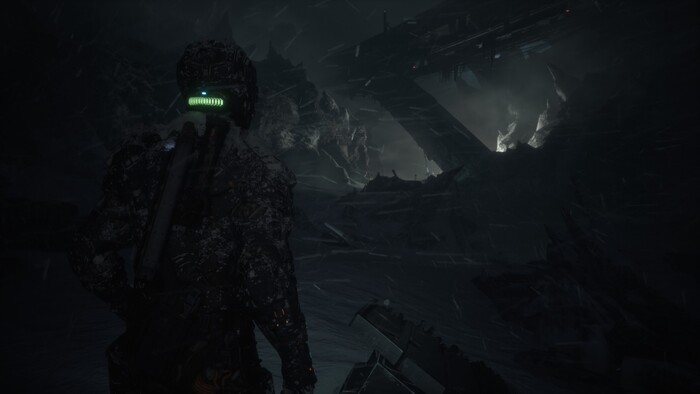
Let’s get it over with – the plot in which we will delve into the debut production of Striking Distance Studios is tracing paper reflected by tracing paper. Crazy experiments where “something goes wrong”, slowly uncovering the grand conspiracy behind the events or alliances with former enemies – all this, combined with the concept of breaking through the darkened corridors of a dilapidated facility, brings to mind dozens of comparable ideas … and it is enough to remember just one of them to know what awaits us in The Callisto Protocol . As if that wasn’t enough, the well-known and popular starting point for the story is just the foundation for a scenario that is so clichéd that almost all potential plot twists can be predicted after just a few dozen minutes of play.
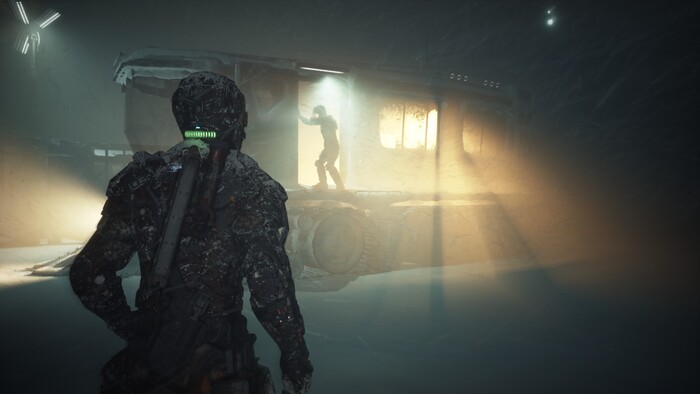
If the picture emerges from this production, the plot of which will not be the main driving force behind the desire to play, then … actually it should be – except that, as befits an AAA production (or, as the creators boasted before the premiere – AAAA), this one can save yourself with filmmaking at times. Scripted moments like from Uncharted , buttoned-up cutscenes and dialogues that keep the whole thing in check are one thing, but the involvement of recognizable actors in the main roles also matters. Josh Duhamel, Karen Fukuhara or Sam Witwer may not necessarily be names from the first league, but ones that pop culture fans have already shown themselves in several places – and here they do their job to a medal.
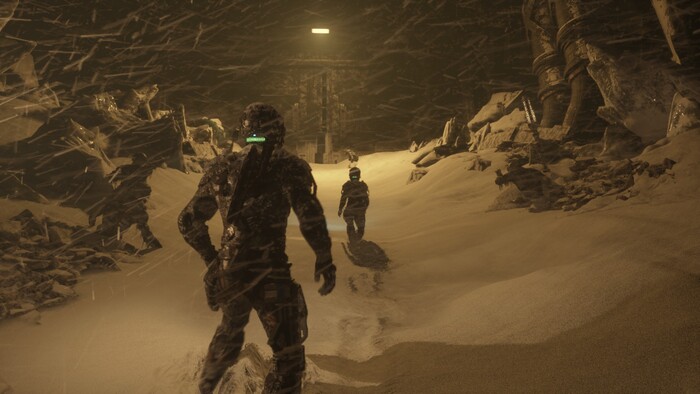
Dead Space rip-off?
Equally ambiguous is the case with the gameplay itself. The first minutes spent with the Striking Distance Studios game are very similar to the gameplay idea from another Schofield space horror. A sluggish hero, almost identical “trampling” of opponents and containers with a useful contraption in order to get a valuable loot, the lack of an interface manifested in holographic equipment and a life bar placed on the character – there are a lot of such solutions here and the game does not even try to hide that not so much it is inspired by the famous ancestor, which simply copies it one-to-one. It’s still quite a bad taste, especially when you take into account the hype marketing slogans heralding a horror revolution. Well, not this time, folks, but good enough that the farther down the corridors of Black Iron, the more original elements appear in the mechanisms governing the gameplay. Whether they are good is a separate matter.

The very structure of the game is as simple as the construction of a flail – the lion’s share of the location has a linear and corridor structure (with single branches leading to hidden rooms), so the basic and only goal here is simply to push forward. There are practically no environmental puzzles, and the loot collection mentioned above is only varied by laconic audio recordings of prisoners and staff members that can be found. The only difficulty in all this confusion lies in the efficient management of the inventory – especially in the first half of the game, we have only a few slots at our disposal, which is why we often have to decide whether to risk and fill them with valuable garbage, or to provide ourselves with more first-aid kits or ammunition.
All this reflects on perhaps the most important issue for fans of virtual horror – whether the game is scary at all. There are no revelations in this respect either, because the whole thing was basically based only on gore and repetitive jumpscares appearing here and there. Even if you feel something like anxiety at first, any fears quickly burst like soap bubbles. So it’s hard to treat The Callisto Protocol as a pure horror, especially since the center of gravity of the whole experience has been quite clearly shifted towards eliminating opponents. And this, in turn, deserves several separate paragraphs.
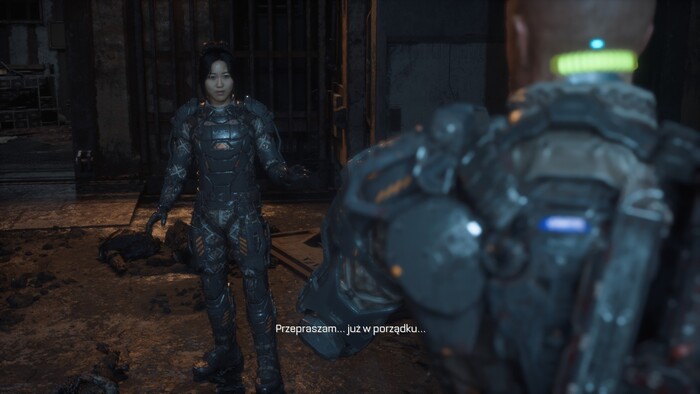
Club and lead
Unlike the ways in which Isaac Clarke sent the nemesis to the other world, in this case a strong emphasis was placed on hand-to-hand combat. The way it is designed is… unusual. Regardless of whether we have a crowbar or a stun baton, our offensive comes down to a quick and slow attack. Naturally, in the second case, you can deal more damage. The defense isn’t particularly sophisticated either. We can choose to block, which we launch with the direction back, or dodge, which in turn occurs by holding the direction to the side. You don’t have to worry about timing – the only thing that should occupy our mind is to hold the directions alternately in the case of dodges. In practice, it looks at least strange and is diablo schematic. During the fight, we constantly move back or move to the side, in fact, each duel can be closed in the following pattern: “left – right – left, click – click – click, left – right – left”. Everyone, including disappointing boss fights.
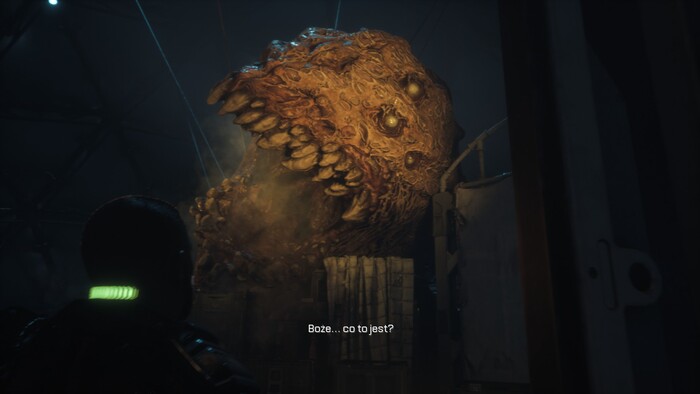
The situation is not changed by the upgrades that can be purchased during the game, because they only modify the stats of our weapons, not the way we use them. However, despite everything, it’s hard to deny the combat project a kind of meatiness. Each performed combination seems to be sufficiently heavy, and in situations where you have to deal with several opponents at once, trivial mechanisms become a big advantage – especially since the crosshair often locks on a specific opponent, preventing full control over the battlefield. It can be summed up with a wrong idea for this aspect of the game, but it’s hard to deny that despite the repetition, the skirmishes can give some satisfaction.
Perhaps that is why they are used even in the later stages of the game, where a greater role is taken by ranged weapons, printed and upgraded in “shops” scattered here and there, where the currency is credits collected or obtained after selling various items. The arsenal itself is not particularly large – we have a pistol and a revolver, two variants of a shotgun and a rifle. Oh, the safe standard. A nice addition is the glove that allows you to pick up opponents and objects like Dead Space’s kinesis and throw them wherever your heart desires.
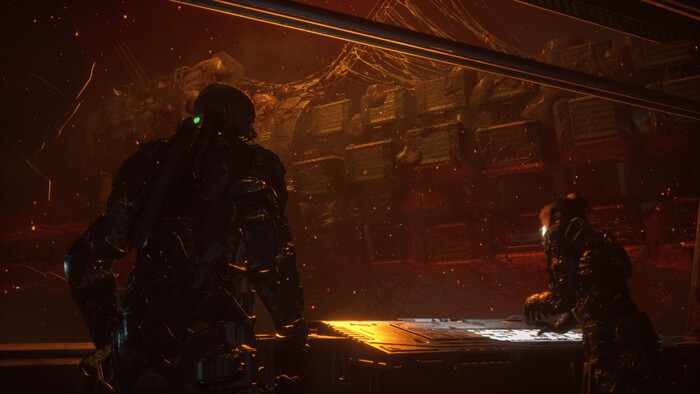
Death can be charming
Relatively simple gameplay assumptions of The Callisto Protocolthey are completely incompatible with the technologically advanced, sensational audiovisual setting. The sound design and voice acting are top notch. While the latter is naturally the result of the money spent on the aforementioned famous names, the role in building the right atmosphere also falls on the shoulders of the environment generating noises and it must be admitted that together with musical samples in emergency situations, it can do the job. The right mood is also created by beautiful graphics. What Unreal Engine 4 generates can look really phenomenal, regardless of whether Jacob has to wade through a snowstorm or channels overgrown with organic foulness. Brilliant lighting, ray-traced reflections and photorealistic faces of the characters do the job here.
In the case of the tested PC version, all these benefits are naturally also associated with increased hardware requirements, and it must be admitted that The Callisto Protocol can squeeze the last juices out of the hardware. Some part of this state of affairs is due to the not necessarily refined optimization (what happened with frame drops shortly after the premiere, actually made the game impossible), but it cannot be denied that, to paraphrase the words of one of the characters, “everything has a price”.
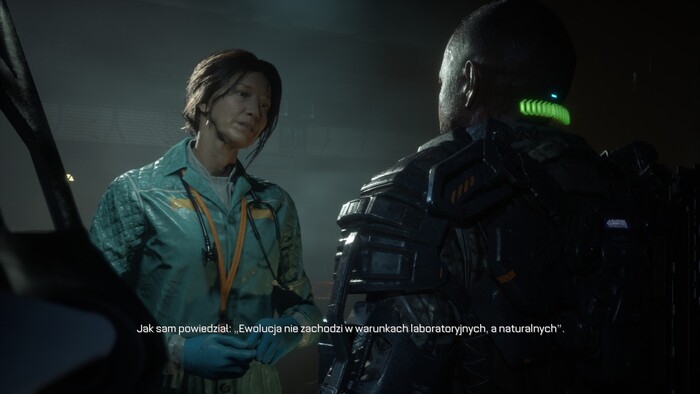
Two plus two equals five
Unfortunately for Striking Distance Studios, there is also a price for the fully premeditated marketing campaign that made The Callisto Protocol the messiah of virtual horror. The dozen or so hours spent with her on approach number one and a few while getting 100% of the achievements makes it clear that there is no question of a new direction in the industry in this case, and the creators will be able to talk about incredible happiness if their product manages to get a sequel .
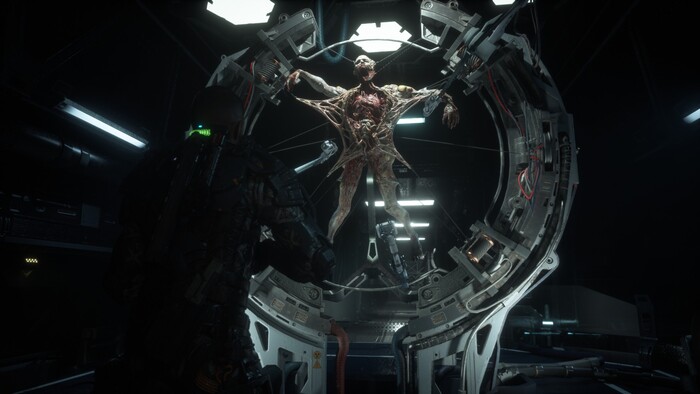
But wait, you say, if you have so many comments about the game, why the hell did you play the game twice? Well, as a matter of fact, with the production of Glen Schofield’s team, the thing is that it is not a bad game. Is it filled with outdated and imitative solutions? In many ways, yes. Is it painfully schematic? Yes. Can’t arouse feelings of fear and hounding? You can blame her too. But despite everything, within its own narrow plot of cosmic horror, it’s still a dozen or so hours of well-invested and completely decent – despite all its flaws – escapism, and one that undoubtedly has the potential for further development.
So, did The Callisto Protocol’s irresponsible play in public relations and pumping up the expectations of the public deprived The Callisto Protocol of this chance, unknowingly creating one of the most criticized productions of last year? If reports of disappointing sales are to be believed, it seems that the future of the project hangs on a knife’s edge. We can only hope (although we know it’s wishful thinking) that whatever happens, the lesson learned from this lesson will influence the perception of the market and the promotion of games by other developers and publishers. Because sometimes less is just more.


